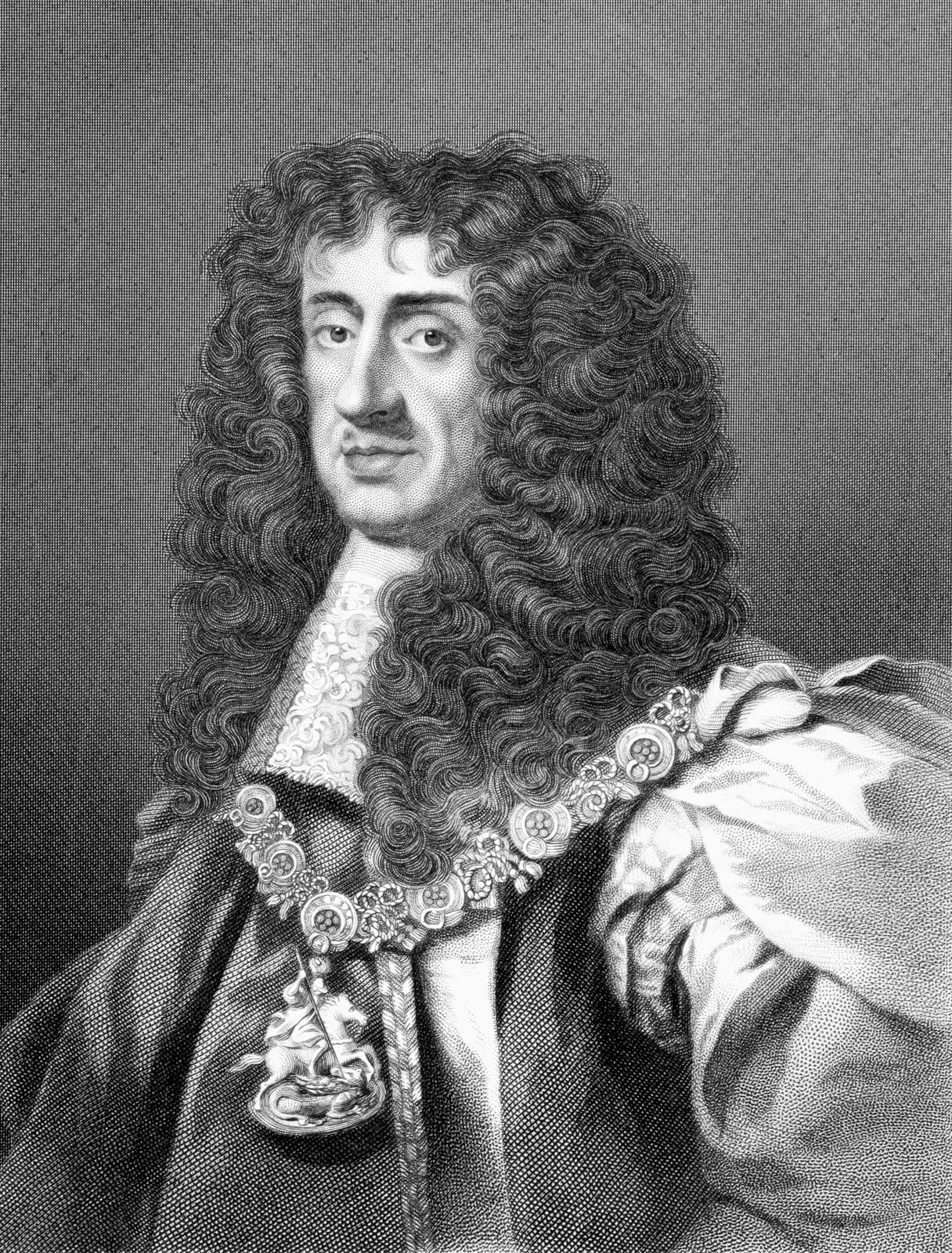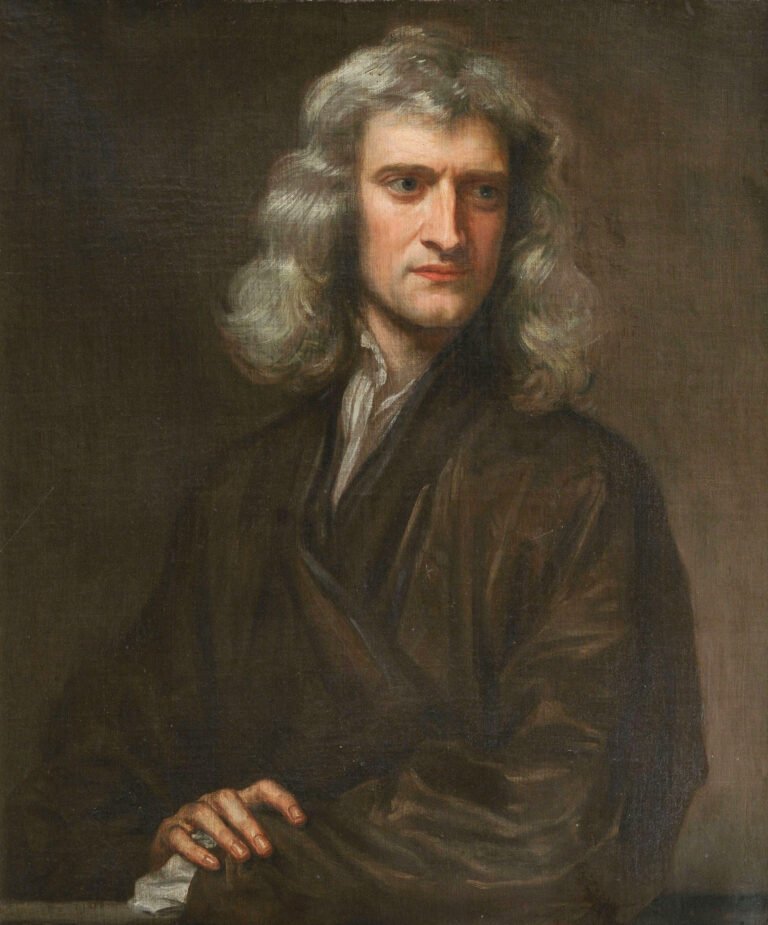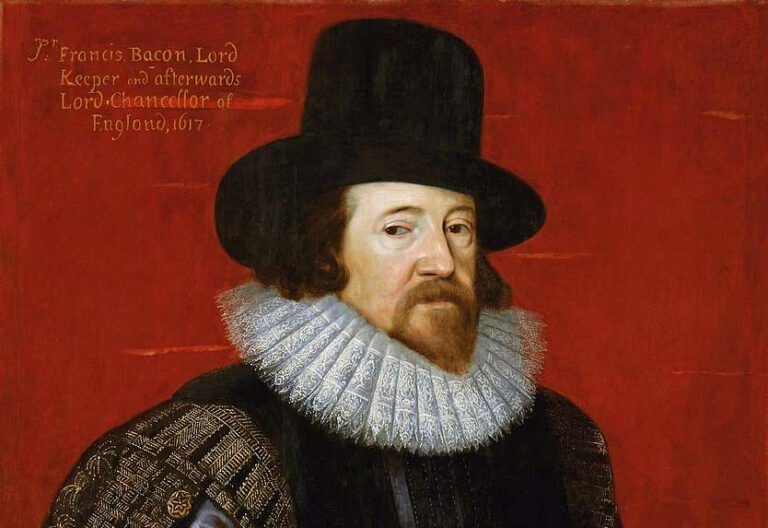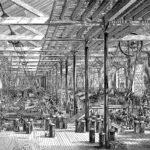King Charles II was a significant figure in British history. His reign brought changes and challenges.
Born in 1630, King Charles II became king after a period of turmoil. His father, King Charles I, was executed, leading to the English Civil War. After years of exile, Charles II was restored to the throne in 1660. His rule is known as the Restoration period, marking the return of the monarchy.
Charles II faced many obstacles, including the Great Plague and the Great Fire of London. Despite these challenges, his reign saw cultural and scientific advancements. Understanding King Charles II’s life and reign helps us appreciate this pivotal era in history. Dive into the fascinating world of King Charles II and explore his impact on Britain.
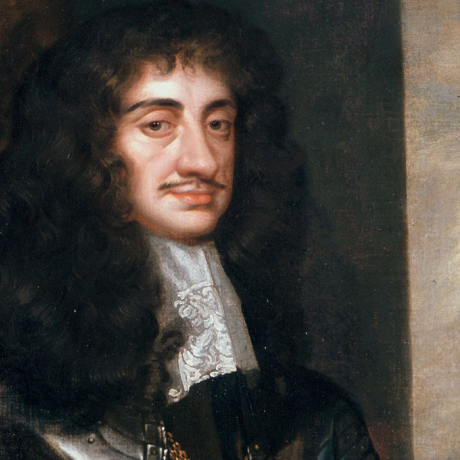
Credit: www.royal.uk
Early Life
King Charles II, often referred to as the Merry Monarch, had a fascinating early life filled with both privilege and adversity. His story begins with his birth into a royal family, followed by a challenging upbringing during a tumultuous period in England’s history.
Birth And Family
Charles II was born on May 29, 1630, at St. James’s Palace in London. He was the eldest surviving son of King Charles I and Queen Henrietta Maria. His parents’ marriage united the royal houses of England and France. Charles II had several siblings, including James, Duke of York, and Mary, Princess Royal. The royal family faced many challenges during Charles’s early years, especially the growing political unrest in England.
Education And Upbringing
Charles II received an education befitting a future king. He was tutored by the finest scholars of the time. His studies included languages, history, and the arts. Despite his royal status, Charles’s education was interrupted by the English Civil War. The war began in 1642 when Charles was just 12 years old. As the conflict escalated, the young prince experienced the hardships of war firsthand. He and his family were forced to flee England in 1646. They sought refuge in various European courts.
During his exile, Charles continued his education. He learned about European politics and diplomacy. These experiences shaped his future reign. Charles II returned to England in 1660, when he was restored to the throne. His early life had a profound impact on his character and kingship.

Credit: en.wikipedia.org
Exile And Wanderings
King Charles II’s life took a dramatic turn during his exile and wanderings. These years were marked by hardship and uncertainty. He faced numerous challenges and adventures during this period.
Civil War And Defeat
In the midst of the English Civil War, young Charles II saw his father, King Charles I, struggle against Parliament. The war divided the nation. Royalists supported the king, while Parliamentarians opposed him. The conflict reached its peak in the 1640s.
Parliament’s forces were strong and well-organized. They defeated the Royalists in several key battles. In 1649, the unthinkable happened. King Charles I was executed. This event shocked the world and left young Charles II in a perilous position.
Years In Exile
After his father’s execution, Charles II fled England. His life in exile began. He traveled across Europe, seeking support to regain his throne. France, the Netherlands, and Spain were among the places he stayed.
In France, he lived under the protection of his cousin, King Louis XIV. Resources were limited. Charles often struggled to secure financial aid. His followers remained loyal, though their numbers were small.
In 1651, Charles made a bold attempt to reclaim his throne. He returned to Scotland, gathering an army. This led to the Battle of Worcester. Unfortunately, he faced defeat once again. Charles narrowly escaped capture and fled back to the continent.
During his wanderings, Charles learned much about diplomacy and resilience. He forged alliances and plotted his return. These experiences shaped him into a capable and determined leader. Eventually, his patience and efforts paid off. In 1660, the monarchy was restored, and Charles II ascended the throne.
Restoration To The Throne
The Restoration to the Throne of King Charles II marks a significant period in English history. After years of political turmoil and the execution of his father, King Charles I, the monarchy was abolished. England was declared a commonwealth under Oliver Cromwell’s rule. This turbulent time ended with the return of Charles II. His ascent to the throne brought a sense of normalcy and celebration across the nation.
Return To England
Charles II spent many years in exile. He moved between France, the Dutch Republic, and other European countries. Despite the challenges, he remained hopeful of reclaiming his throne. With Cromwell’s death in 1658, political stability in England weakened. Public desire for the monarchy’s return grew stronger.
In 1660, General George Monck led a movement to restore the monarchy. He negotiated with Charles II, ensuring his safe return. On May 29, 1660, Charles II triumphantly entered London. His return marked the end of the commonwealth and the beginning of the Restoration era.
Coronation And Celebrations
Charles II’s coronation took place on April 23, 1661. Westminster Abbey was filled with nobles and dignitaries. The ceremony was grand and symbolic. It restored the traditional rites and rituals of the monarchy.
The nation rejoiced. Streets were filled with celebrations and public festivities. People held feasts, dances, and parades. The return of the king brought a sense of unity and hope. It was a time of joy and renewal for the English people.
Charles II’s reign also marked cultural revival. The arts, theater, and sciences flourished. His court became a center of intellectual and artistic activities. The Restoration period remains a significant chapter in English history.
Political Reforms
King Charles II, known for his charismatic and vibrant personality, brought about significant changes during his reign. His political reforms aimed to stabilize England after years of turmoil. These reforms reshaped the country’s political landscape and laid the groundwork for future governance.
Parliamentary Relations
King Charles II had a complex relationship with Parliament. He sought to restore the monarchy’s power while balancing parliamentary authority. This delicate dance often led to conflicts and compromises.
To manage this, Charles II worked to strengthen royal prerogatives. He aimed to maintain control over foreign policy, the military, and finance. He learned from his father’s mistakes and avoided direct confrontations with Parliament.
Charles II also established the Clarendon Code. This series of laws aimed to enforce religious uniformity and solidify royal authority. These laws included:
- The Corporation Act (1661)
- The Act of Uniformity (1662)
- The Conventicle Act (1664)
- The Five Mile Act (1665)
These acts reinforced the power of the Anglican Church and suppressed dissent.
Legal Reforms
Charles II’s reign also saw significant legal reforms. He aimed to create a more just and efficient legal system.
One major change was the Habeas Corpus Act of 1679. This law protected individuals from unlawful imprisonment. It required that anyone detained be brought before a court. The court would then decide if the detention was lawful.
This act was a milestone in the protection of individual liberties. It ensured that the monarchy could not imprison subjects without cause.
Charles II also reformed the judicial system. He aimed to reduce corruption and increase fairness. He appointed judges based on merit rather than favoritism. This helped to build a more reliable and respected legal system.
Religious Policies
King Charles II’s reign marked a significant period for religious policies in England. His approach to religion was multifaceted, impacting various aspects of society. Below, we explore his policies on the Church of England and religious tolerance.
Church Of England
Charles II aimed to strengthen the Church of England. He viewed it as a symbol of national unity. The king restored the authority of the bishops. He also reinstated the Book of Common Prayer. This move sought to standardize worship across the country.
Many people welcomed these changes. The church gained stability. But not everyone was happy. Some groups felt excluded. They faced challenges practicing their faith.
Religious Tolerance
Charles II had a complex stance on religious tolerance. He wanted to ease tensions between different religious groups. In 1672, he issued the Declaration of Indulgence. This decree allowed some freedom for non-Anglicans.
The declaration faced opposition. Parliament forced its withdrawal. Later, the Test Act of 1673 required public officials to be members of the Church of England. This law limited the rights of Catholics and other dissenters.
Despite these setbacks, Charles II’s reign saw some progress. His efforts laid the groundwork for future religious reforms. His policies had a lasting impact on England’s religious landscape.
Cultural Impact
King Charles II, often called the “Merry Monarch,” had a significant cultural impact. His reign saw a revival in arts, sciences, literature, and theater. This period marked the beginning of an era filled with creativity and innovation. Let’s explore how his reign influenced these areas.
Arts And Sciences
King Charles II’s reign greatly influenced arts and sciences. He was a passionate supporter of both fields.
- The Royal Society: Charles II founded the Royal Society in 1660. This institution promoted scientific research and discoveries. It played a crucial role in advancing knowledge.
- Patron of Arts: The king was a patron of arts. He supported numerous artists and commissioned many works of art. Portraits, landscapes, and historical paintings flourished during his reign.
- Architectural Developments: The period saw significant architectural advancements. Sir Christopher Wren, a notable architect, designed many buildings, including the St. Paul’s Cathedral.
Literature And Theater
The revival of literature and theater was another hallmark of Charles II’s reign.
- Restoration Comedy: Theaters reopened after being closed during the Puritan rule. This led to the birth of Restoration Comedy. These plays were known for their wit and lively humor.
- Prominent Playwrights: Playwrights like John Dryden and William Wycherley rose to prominence. Their works are still celebrated today.
- Female Actresses: For the first time, women were allowed to perform on stage. This was a significant change in theater history.
King Charles II’s reign brought a vibrant cultural renaissance. His support for arts and sciences, literature, and theater left a lasting legacy.
Foreign Affairs
King Charles II’s reign was marked by intricate diplomatic maneuvers and complex foreign policies. His foreign affairs were shaped by his alliances and wars, as well as colonial expansion. These decisions influenced the course of English history and its global standing.
Alliances And Wars
Charles II formed strategic alliances to protect and expand his kingdom. One of the significant alliances was with France. The Treaty of Dover, signed in 1670, was a secret agreement between England and France. This treaty aimed to strengthen their military and political ties. In exchange, France promised financial support to England.
The Anglo-Dutch Wars were another major aspect of Charles’s foreign policy. England fought the Dutch Republic in three separate conflicts. These wars were primarily about control over trade routes and colonial territories. The wars ended with the Treaty of Westminster in 1674, which favored England.
Colonial Expansion
Charles II’s reign saw considerable growth in colonial territories. The Restoration Colonies were established during his rule. These included New York, New Jersey, Pennsylvania, and the Carolinas. These colonies aimed to expand English influence in North America.
England also focused on the Caribbean during Charles’s reign. The island of Jamaica was captured from Spain in 1655. Under Charles II, Jamaica became a profitable colony due to its sugar plantations. The Royal African Company, established in 1660, played a crucial role in the Atlantic slave trade.
Colonial expansion under Charles II not only increased wealth but also laid the groundwork for future British dominance.
Legacy And Death
King Charles II, known as the Merry Monarch, left a lasting impact on England. His reign saw many changes and his legacy remains significant. This section delves into his legacy and the events surrounding his death.
Succession
After King Charles II’s death on February 6, 1685, his brother, James II, succeeded him. Charles had no legitimate heirs, thus James II, the Duke of York, took the throne. This transfer of power marked a new era for England.
Historical Impact
King Charles II’s reign brought about the Restoration of the monarchy. He returned to power in 1660, ending a period of republican rule. This period, known as the Restoration, was marked by cultural and political changes.
Charles II’s policies and actions helped shape modern England. His reign saw the growth of the Royal Navy, which played a key role in the country’s future. He also promoted the arts and sciences, fostering an environment of innovation.
Despite his achievements, Charles II faced many challenges. His rule was marked by conflicts with Parliament and religious tensions. These issues would continue to shape England long after his death.
King Charles II died on February 6, 1685. His death marked the end of an era. His legacy, however, lives on. He is remembered for restoring the monarchy and promoting culture.
Charles II’s death brought uncertainty to England. His brother, James II, faced many challenges as the new king. The transition of power was not smooth, but it set the stage for future changes in the monarchy.
The reign of King Charles II had a lasting impact on England. His contributions to the navy, arts, and sciences are still recognized today. His legacy is a testament to his influence on the country’s history.
FAQs
Who Was King Charles II?
King Charles II was the monarch of England, Scotland, and Ireland. He reigned from 1660 to 1685.
What Is King Charles II Known For?
King Charles II is known for restoring the monarchy. This period is known as the Restoration.
When Did King Charles II Reign?
King Charles II reigned from 1660 to 1685. His reign followed the English Civil War.
How Did King Charles II Impact England?
King Charles II brought stability and cultural revival to England. His reign saw the flourishing of arts and sciences.
Conclusion
King Charles II left a lasting impact on history. His reign brought change. He balanced power and restored the monarchy. People remember his influence on culture and politics. His legacy still resonates today. Learning about him helps us understand the past.
It also gives insight into the present. History buffs find his era fascinating. His story remains an important part of our heritage. Keep exploring the life and times of this remarkable ruler.

